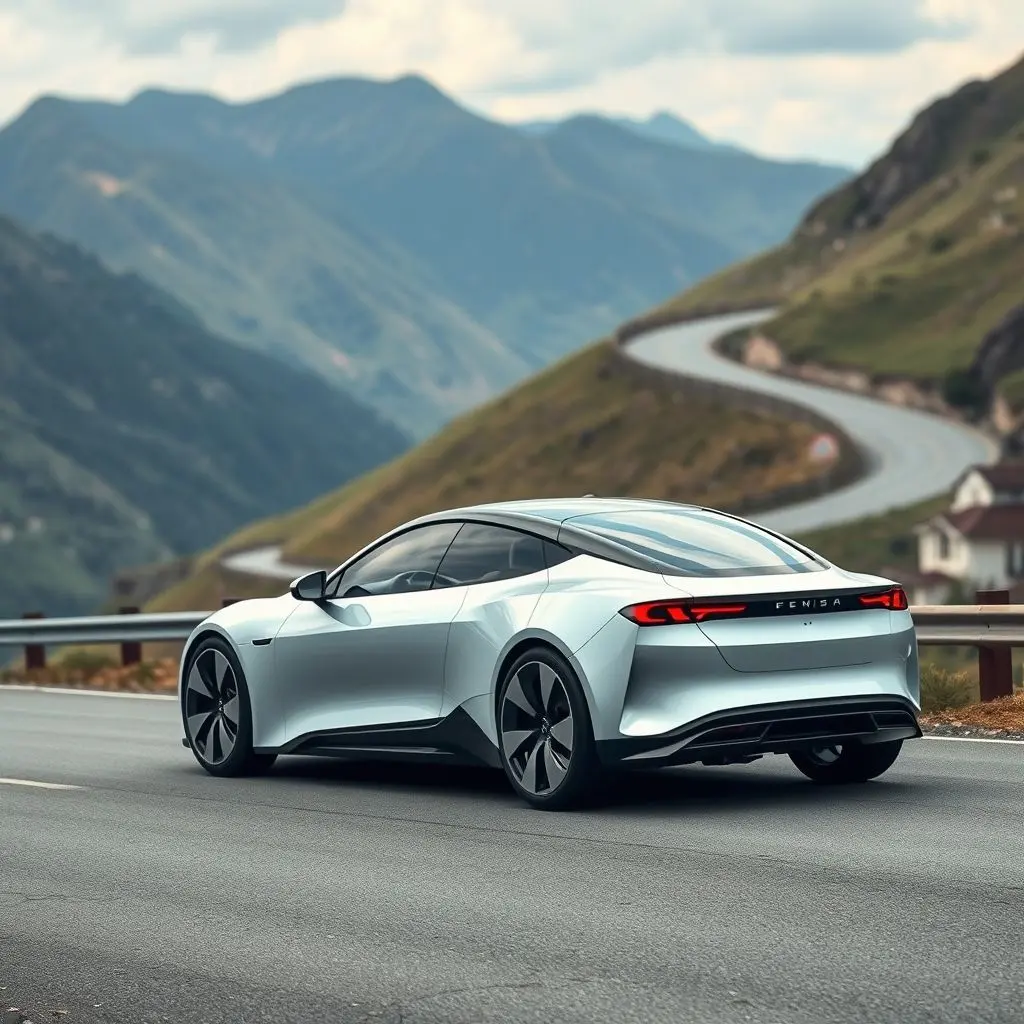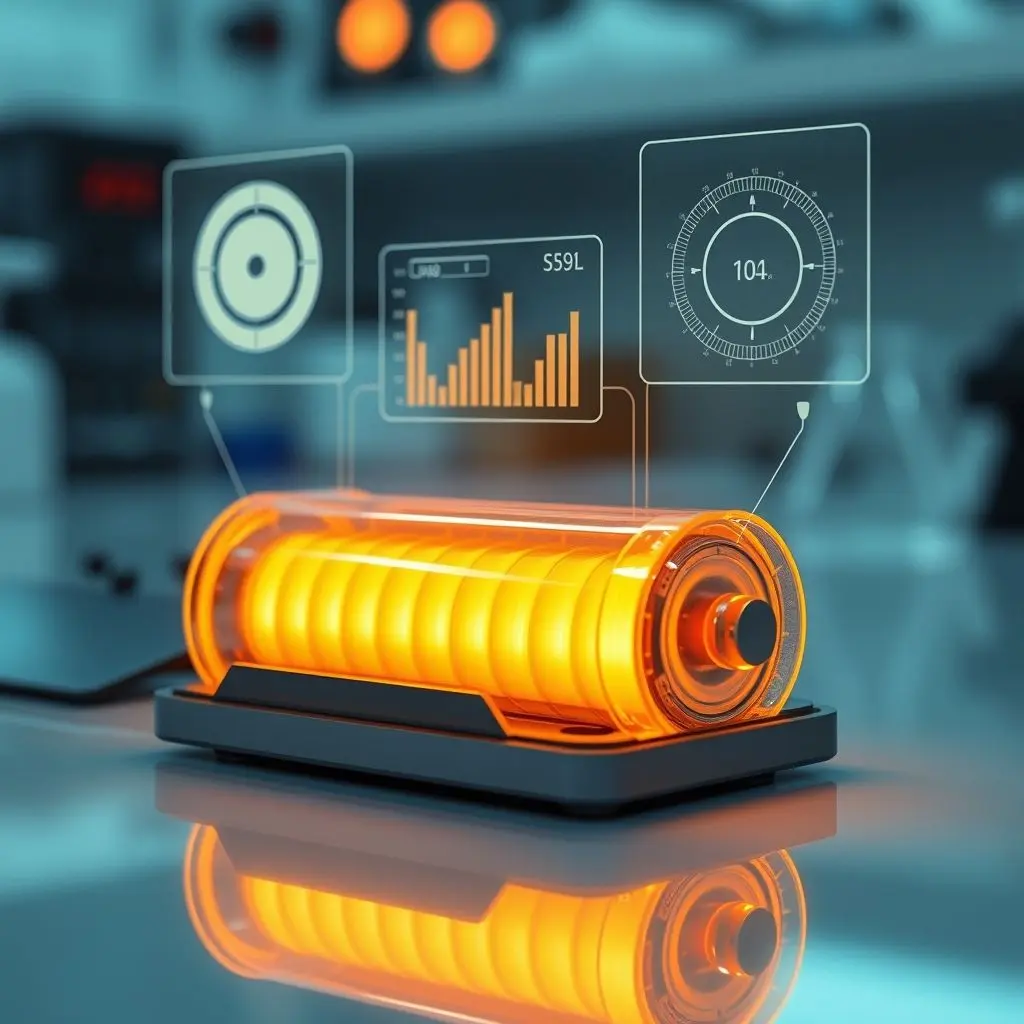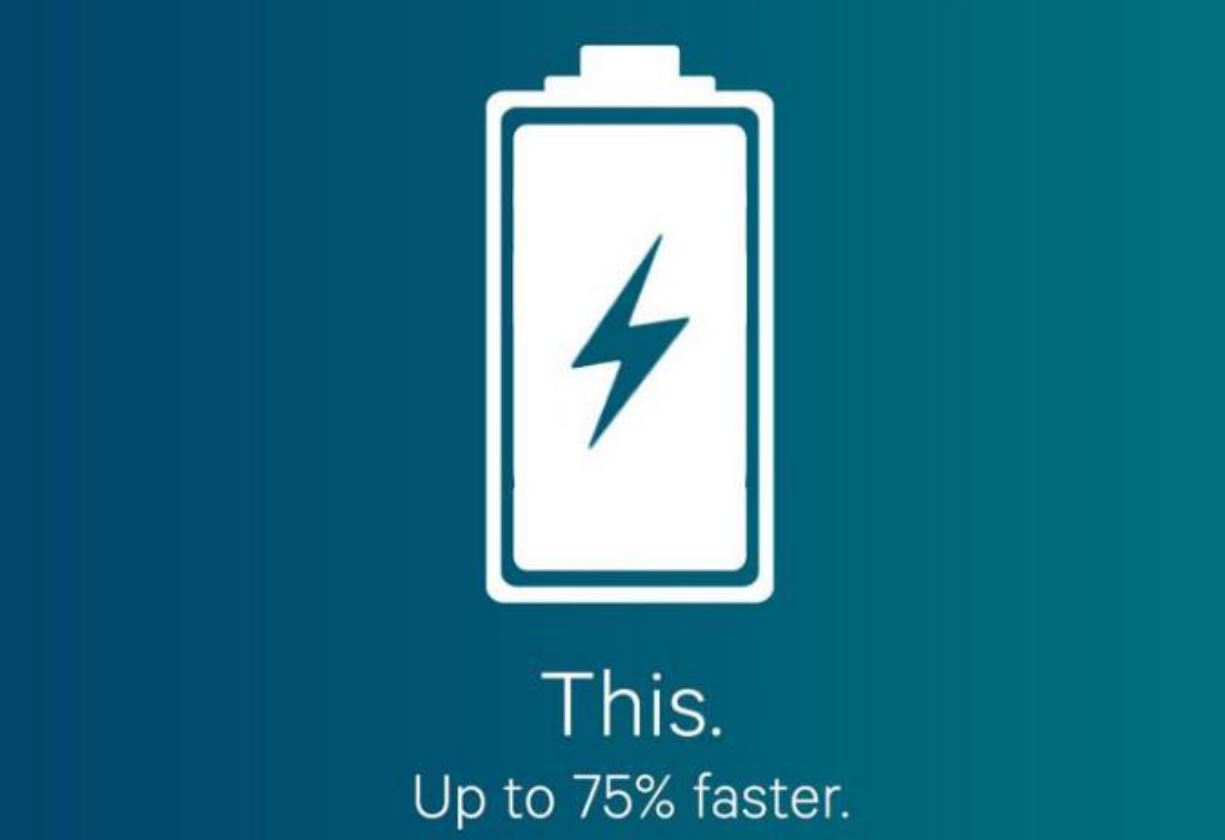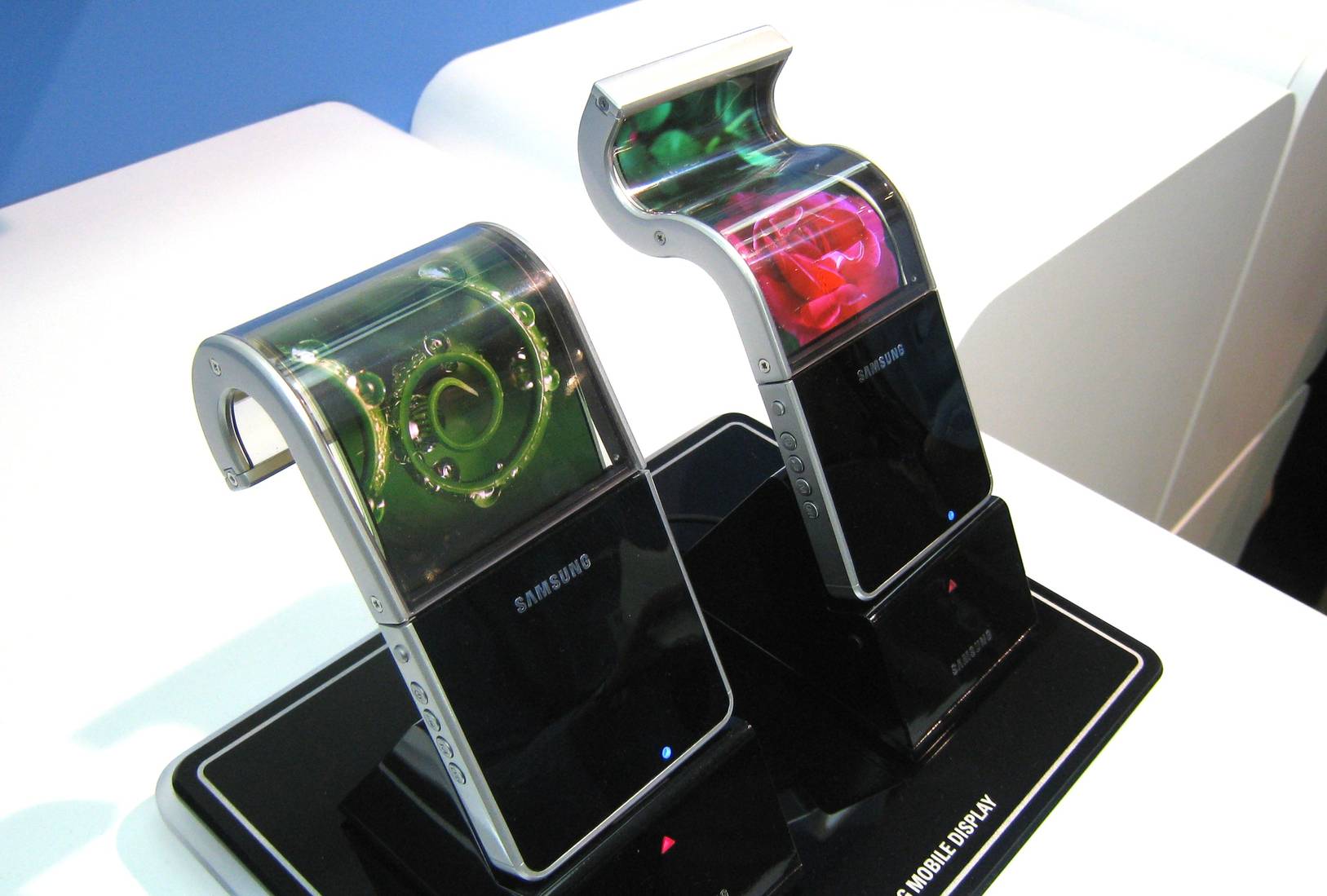That cold sweat, the frantic pat-down for a cable, the desperate search for an outlet as your phone screen flashes that dreaded 1% warning… Sound familiar? It’s a modern-day ritual of anxiety for most of us. But pause for a moment. Take a deep breath and imagine a world where that feeling is a distant memory, a relic of a less-powered past. What if batteries didn’t just last for a day, or even a week, but for years on a single charge?
No more charger collections resembling tech spaghetti. No more power bank bricks making your bag feel like a sack of rocks. Your trusty devices – phone, laptop, smartwatch, headphones – just… work. Continuously. For an incredibly long time. Think about the sheer, unadulterated freedom! Cross-country road trips with navigation blazing the entire way, no frantic dashes into coffee shops for a power top-up. Finding that old beloved game console in the attic and having it actually spring to life without a moment’s hesitation. It’s a tantalizing thought, isn’t it?
We got so carried away daydreaming about this battery utopia, we even whipped up a little visual snack to spark your imagination. Give it a watch – it’s a quick jolt of what this long-lasting energy future could feel like!
If that vision zapped you with some excitement, let’s dive deeper into what a world powered by perennial batteries might actually look like.

Table of Contents
The Current Battery Bind: Our Daily Power Struggle
Let’s be honest, current battery technology, primarily dominated by lithium-ion cells, is both a marvel and a frustration. These power packs fuel our digital lives, but they come with strings attached – or rather, cables. Their lifespan is finite, typically measured in a few hundred to a couple of thousand charge cycles before significant degradation kicks in. This means progressively shorter usage times, the dreaded swelling battery phenomenon, and eventually, the need for replacement or a new device altogether.
This constant cycle of charging, discharging, and eventual decline isn’t just inconvenient; it has a significant environmental footprint. The mining of raw materials like lithium, cobalt, and nickel is resource-intensive and can be ecologically damaging. Furthermore, the disposal of billions of batteries annually contributes to a growing e-waste problem. We’re essentially caught in a loop, tethered to chargers and contributing to a larger environmental concern, all for the sake of staying connected.
A World Reimagined: Life with Years-Long Batteries
Now, let’s flip the switch. Imagine batteries that offer not just incremental improvements, but a quantum leap in longevity – lasting for 5, 10, or even 20+ years without needing a charge or replacement. The implications are staggering, touching nearly every facet of our lives.
Personal Devices: Untethered and Uninterrupted
Your smartphone, tablet, laptop, and wearables would transform from daily dependents to steadfast companions. Imagine:
- True Portability: Travel anywhere, for extended periods, without ever thinking about packing a charger.
- Device Design Evolution: With less space dedicated to bulky batteries designed for frequent recharging, devices could become even sleeker, or pack in more powerful features and sensors.
- Enhanced Accessibility: People in remote areas with limited access to electricity would gain consistent access to communication and information. Emergency situations would see devices reliably functioning when needed most.
- Revival of Old Tech: That drawer full of old gadgets with dead batteries? They might just become usable again, holding sentimental or practical value for far longer.
Beyond Our Pockets: Powering a Revolution
The impact would extend far beyond personal electronics:

- Electric Vehicles (EVs): Range anxiety would become a forgotten term. EVs could travel thousands of miles on a single charge, potentially lasting the average lifespan of the car itself. This would revolutionize transportation, reduce reliance on fossil fuels, and dramatically alter the landscape of charging infrastructure (perhaps needing far less of it).
- Medical Devices: Lifesaving implants like pacemakers, defibrillators, insulin pumps, and neurostimulators could operate for decades, drastically reducing the need for risky and costly replacement surgeries. Hearing aids and other medical wearables would offer unparalleled reliability.
- Space Exploration & Remote Sensing: Satellites, planetary rovers, and deep-space probes could operate for vastly extended missions. Environmental sensors in remote or harsh locations (deep oceans, volcanic rims, polar ice caps) could gather data for years without maintenance.

- Internet of Things (IoT): The billions of smart sensors and devices making up the IoT ecosystem – in smart homes, cities, agriculture, and industry – could become truly ‘fit and forget,’ operating autonomously for their entire functional lifespan. This would unlock unprecedented levels of data collection and automation.
- Disaster Relief & Off-Grid Living: Reliable, long-lasting power sources would be invaluable in disaster recovery efforts and for communities living off the traditional power grid, providing consistent energy for communication, lighting, and essential services.
The Domino Effect: Economic, Environmental, and Societal Shifts
A future powered by ultra-long-life batteries wouldn’t just change how we use our gadgets; it would trigger profound shifts across the board.
- Economic Transformations: The battery industry itself would pivot from high-volume production of short-lived cells to a focus on premium, durable, and perhaps more specialized power sources. New industries could emerge around the maintenance, eventual recycling, or repurposing of these super-batteries. Conversely, industries reliant on frequent device turnover or battery replacement might face significant disruption.
- Environmental Renaissance: The most significant boon could be environmental. A drastic reduction in battery production would mean less mining, reduced energy consumption in manufacturing, and a massive decrease in e-waste. This could be a cornerstone of a truly circular and sustainable tech economy.
- Societal and Behavioral Adjustments: “Low battery anxiety” might be replaced by… well, we’re not sure! Perhaps we’d become even more reliant on always-on devices, or maybe the reliability would allow us to be more present, knowing our tech is ready when we need it, not demanding our constant attention for charging. The concept of device ownership could change too, with products designed to last as long as their power sources.
The Science Bit: Are We Dreaming or Getting Closer?
So, is this all just science fiction, or are we genuinely on the cusp of a battery revolution? The truth, as always, is somewhere in between. Scientists and engineers worldwide are relentlessly pursuing breakthroughs. Here are a few promising avenues:

- Solid-State Batteries: These replace the liquid electrolyte in current lithium-ion batteries with a solid material. They promise higher energy density (more power in the same space), longer lifespan, and improved safety (less risk of fire). Many companies are heavily investing here, with some expecting mass production within the next decade.
- Silicon Anodes: Replacing graphite anodes with silicon can theoretically boost energy capacity significantly, leading to longer times between charges.
- Lithium-Sulfur Batteries: These offer very high theoretical energy density and use cheaper, more abundant materials, but struggle with durability over many cycles.
- Betavoltaics (Nuclear Batteries): These are already a reality for niche applications, like some pacemakers and spacecraft. They use the decay of radioactive isotopes (like nickel-63 or tritium) to generate a small but incredibly long-lasting current, potentially for decades or even centuries. The challenge is scaling them for higher power needs safely and cost-effectively for consumer devices. (Disclaimer: The term ‘nuclear’ can sound alarming, but these are typically low-power and designed with robust safety measures.)
- Other Exotic Chemistries & Materials: Researchers are exploring everything from graphene-enhanced batteries and sodium-ion batteries to flow batteries and even air-breathing batteries. Each has unique strengths and challenges.
However, the path from lab discovery to mass-market reality is fraught with hurdles: cost of materials, manufacturing scalability, safety regulations, energy density for demanding applications, and ensuring genuine long-term stability. It’s a marathon, not a sprint.
Are There Any Catches to This Battery Paradise?
While the vision of years-long battery life is overwhelmingly positive, it’s wise to consider potential downsides or new challenges:
- The ‘Device Lifespan’ Paradox: If a battery lasts 20 years, but the device’s other components (screen, processor, software support) become obsolete or fail in 5 years, what then? This could push manufacturers towards more modular and repairable designs, or create a new kind of e-waste if perfectly good batteries are discarded with outdated hardware.
- Security & Privacy: Devices that are perpetually powered and connected could present new security vulnerabilities or privacy concerns if not managed correctly.
- Initial Cost: Groundbreaking technology often comes with a premium price tag initially. Widespread adoption might be slow if super-batteries make devices significantly more expensive at first.
- End-of-Life for Super-Batteries: Even a battery that lasts 20-50 years will eventually reach its end. If they contain new or exotic materials, developing safe and efficient recycling processes will be crucial.
- Manufacturer Resistance?: The current model for many tech companies involves regular device upgrades. Would they fully embrace a technology that dramatically slows down this replacement cycle? This is a complex economic question.
A Future Charged with Possibility
The dream of batteries that last for years, even decades, is more than just a convenience; it’s a potential catalyst for a more sustainable, efficient, and empowered world. While significant scientific and engineering challenges remain, the pursuit of this goal is pushing the boundaries of material science and innovation.
Imagine the collective sigh of relief when the low-battery warning becomes a story we tell our grandkids. Imagine the resources saved, the creativity unleashed, and the new frontiers explored, all thanks to a power source that simply endures. It’s a future worth striving for, one charge (or lack thereof) at a time.
What would you do differently if all your essential devices stayed powered for years on end? Share your thoughts in the comments below!
Frequently Asked Questions (FAQs)
Q1: What are the most promising long-life battery technologies right now?
A: Solid-state batteries are receiving a lot of attention for their potential in consumer electronics and EVs due to higher energy density and safety. Betavoltaics (nuclear batteries) offer extremely long life for low-power applications. Research into silicon anodes, lithium-sulfur, and other novel chemistries also shows promise for extending battery performance.
Q2: How would batteries lasting for years impact the environment?
A: The positive environmental impact could be immense. It would mean a significant reduction in the mining of raw materials like lithium and cobalt, less energy consumed in battery manufacturing, and a dramatic decrease in e-waste from discarded batteries and devices.
Q3: Could batteries ever last “forever” or for a human lifetime?
A: While “forever” is a challenging concept in physics, some technologies, like betavoltaics, can theoretically last for many decades, even centuries, depending on the isotope used. For high-power consumer devices, achieving a multi-decade lifespan that matches or exceeds the device’s useful life is a more realistic, yet still ambitious, goal for the nearer future.
Q4: When can we expect to see these super-batteries in our devices?
A: This is the million-dollar question! Some incremental improvements are always happening. Significant leaps, like widespread adoption of solid-state batteries, are projected by some experts to begin appearing in niche applications and then more broadly within the next 5-10 years, but timelines in tech can shift. Truly years-long batteries for everyday high-drain devices are further out, but active research is ongoing. (Disclaimer: This is an estimate, and actual timelines may vary.)




